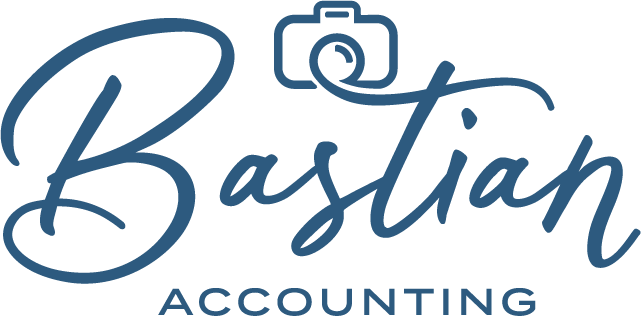How to Deduct Clothing for Photographers
Clothing for you (The Photographer)
Sometimes, your photography business requires you to acquire specific clothing articles. Whether you're a wedding photographer who needs formal attire on the wedding day or a boudoir or maternity photographer who purchases or rents clothing for clients, this blog post will break it down so you know what is deductible and what is not. The IRS does allow you to deduct the amount you spend on the purchase and preservation (tailoring, dry cleaning, etc.) of “work clothes”; however, there are some stringent requirements that each item of clothing must meet to be deducted.
MUST BE Ordinary & Necessary
All expenses must meet these criteria to be deducted, including clothing. To be considered ordinary, the clothing must align with industry standards. To be considered necessary, the clothing must be essential to run your photography business, or if you have staff, it can mean you, as the employer, require them to wear the clothing.
MUST BE Not Suitable For Everyday Wear
Ok, that seems somewhat straightforward, but the next hurdle you must clear is that the clothing in question cannot be suitable for everyday wear. This means you cannot wear the clothing in place of other clothing.
What If I don't wear it anywhere else?
It doesn't matter. If you purchase a nice dress or a suit to attend a wedding and take photos, AND even if you ONLY wear this attire to weddings, you shoot. Not wearing the item elsewhere does not qualify this attire as unsuitable for everyday wear. Items that are not suitable for everyday wear are things like:
👉 Safety Gear
👉 Hard Hat
👉 Hazmat Suit
👉 Safety Glasses
What about uniforms?
What if you purchase a polo or sweater with your business logo embroidered on it? (like something you would see in a retail store with staff wearing the company logo)It's crazy, but this has actually been argued in tax court many times that, indeed, even though it has a company logo on it, YOU CAN STILL WEAR IT IN PLACE OF OTHER CLOTHING, deeming it suitable for everyday wear and nondeductible AS CLOTHING. (Notice I said "As Clothing" Keep reading)
Food for thought
Consider how many current retail stores like Target only require employees to wear red tops and khaki bottoms. They no longer provide uniforms for employees and don’t require employees to purchase uniforms. This helps them avoid all the clothing deduction red tape by allowing employees to wear their clothing in certain colors. Neither the employer nor the employee can deduct it, so the issue of even worrying about any deductions is completely removed.
SO... How do I deduct clothing?
There's still a deduction to be had if you do this properly. You can deduct anything with your brand on it as advertising as you’re creating awareness around your brand and possibly gaining future clients. If you look at this clothing with your branding as advertising, then YOU CAN DEDUCT it this way. This can be done with your brand on the back of a jacket or a polo shirt, giving you brand awareness while shooting.
☕️In Summary
Other than items bearing your brand & logo, it would be a super hard sell to get the IRS to allow you to write off any other type of clothing. 😬 sorry
Clothing for clients
I know many boudoir and maternity photographers with a client closet a selection of items their clients can wear during the shoot that are purchased or rented. These expenses are indeed expenses to your business. At Bastian Accounting, we create an account called client wardrobe, where we put these expenses. These items are your cost in producing the sale of the shoot. Don't forget you can deduct maintenance of these items too, like Tailoring, Dry Cleaning, and Mending. As always, make sure you keep receipts read more about what qualifies as a receipt in the blog post: Receipts 101.
References
IRS Publication 529 Miscellaneous Deductions
Follow us on Facebook, Instagram, and Pinterest for tips, resources, and support on accounting for photographers.



